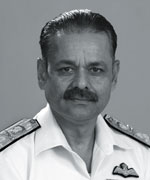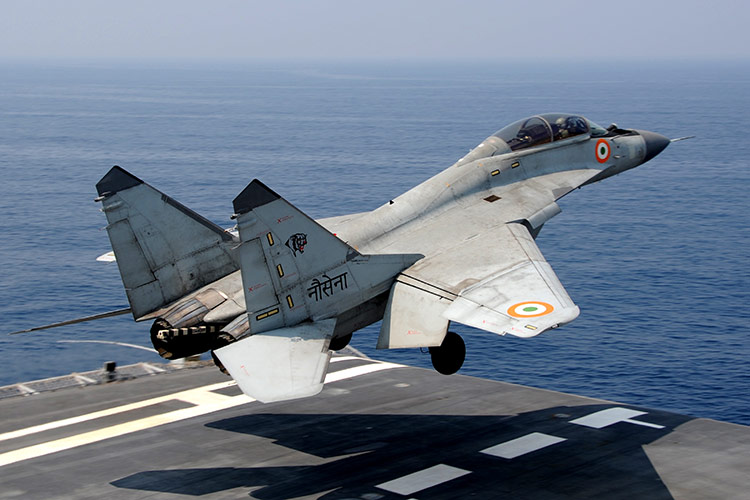Guest Column | Through the Looking Glass
 Vice Admiral Shekhar Sinha (retd)
Vice Admiral Shekhar Sinha (retd)
It will be appropriate to mention the writings of 19th century Prussian general and military theorist Carl von Clausewitz, who suggested that war consists of a trinity – the people, government and armed forces. War comprises and balances between creative forces (symbolised by the armed forces action), rational forces (symbolised by the government) and emotional forces (symbolised by the people). Essentially, it means that the armed forces are separable from the people (who do not take part in fighting) and from the government, which leads the war. Obviously, Clausewitz’s analysis was influenced by the military and political context in which he lived. Now we are into the 21st century, and this doesn’t hold true anymore.
Civilians were usually absent from theatre or the battlefield either because the battle occurred in relatively unpopulated area or they fled the area before the onset of war. Today, this linearity has diminished severely. Now, the civilians and civilian objectives intermingle with military objectives.
The valid targets which could not feasibly be struck in the past have now become vulnerable. The universe of strikeable targets multiplies and so does the potential of collateral damage and incidental injury while still achieving military objectives.

MiG-29K taking off from the aircraft carrier INS Vikramaditya
While addressing the Combined Commanders Conference in 2015, Prime Minister Narendra Modi said, “Beyond the immediate, we are facing a future where security challenges will be less predictable; situations will evolve and change swiftly; technological changes will make response more difficult to keep pace with. Threats may be known but the enemy may be invisible.” He further said, “Full scale war may become rare, but force will remain an instrument of deterrence influencing behaviour and the duration of conflicts will be shorter”.
Effectively, to handle today’s changed nature of warfare, comprehensive national power will have to be brought to achieve political objectives in the short time-frame that would be available. While doing so, nations will ensure least collateral damage and incidental injury since military and civilian objectives will be difficult to discern; media will control dissemination and regulate public reaction. Clearly, precision engagements will underline military tactics and strategy which highlights the centrality of air power. It will consist of several systems of systems that enable military forces to locate the objectives or targets, provide responsive command and control, generate the desired effect, asses the level of success, and retain flexibility to re-engage with the precision required. It is in this context that the maritime arm of the national air power has gained significance in the present decade while the land-based air power has had a much longer wait towards sharpening their teeth. The Indian Air Force (IAF), which is celebrating its anniversary, deserves credit for being the alma mater of all varieties of military aviation in India. This article is a tribute to the alma mater of aviation from one of their frontiers: Maritime.
1
We are a little over halfway in the decade, it is still counting. Induction of Tejas in light combat role, additional Su-0 MKIs, delivery of C-17/ C-130 strategic transport aircraft, Mi-17V E and Pilatus basic training aircraft are but some important additions. The contract for acquisition of Rafale MMRCA has also been signed. The deliberation on manufacturing of advanced fighters under ‘Make in India’ drive is also in
Subscribe To Force
Fuel Fearless Journalism with Your Yearly Subscription
SUBSCRIBE NOW
We don’t tell you how to do your job…
But we put the environment in which you do your job in perspective, so that when you step out you do so with the complete picture.







